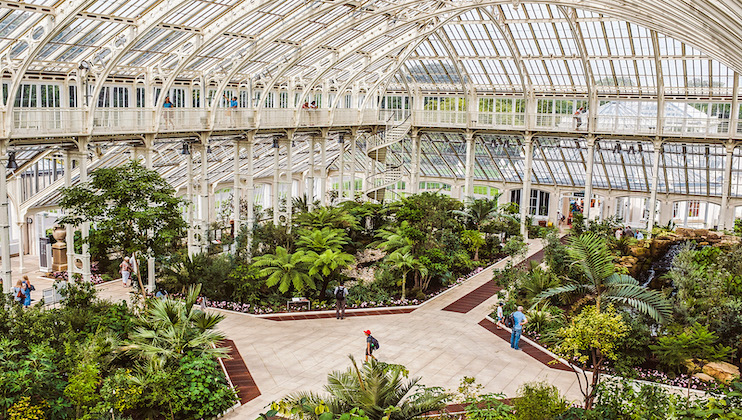Founded in 1840 from the exotic garden at Kew Park, these gardens sprawl across 132 hectares, housing the world's largest and most diverse botanical and mycological collections. Managed by the Royal Botanic Gardens, Kew, this UNESCO World Heritage Site boasts over 27,000 taxa of living plants, alongside an esteemed herbarium with 8.5 million preserved specimens.
It's a place where Victorian grandeur meets cutting-edge research. The iconic Palm House, a masterpiece of Victorian engineering by Decimus Burton and Richard Turner, houses an exotic rainforest within its soaring iron arches. The nearby Temperate House, lovingly restored and reopened in 2018, stands as the world's largest surviving Victorian glasshouse, showcasing rare temperate plants from around the globe. Visitors to Kew Gardens can also wander through the Princess of Wales Conservatory, a marvel of modern architecture housing ten distinct climate zones, from arid deserts to tropical rainforests. For a bird's-eye view of the gardens, the Treetop Walkway offers a thrilling perspective, suspended 18 meters above the ground amidst a woodland glade.
Today, Kew Gardens remains a beacon of botanical research and conservation, welcoming over 2 million visitors annually. Closing times vary throughout the year, so we recommend checking the official website.
Ticket prices vary according to the season and how you book; for more details, visit the Kew Gardens official website.

